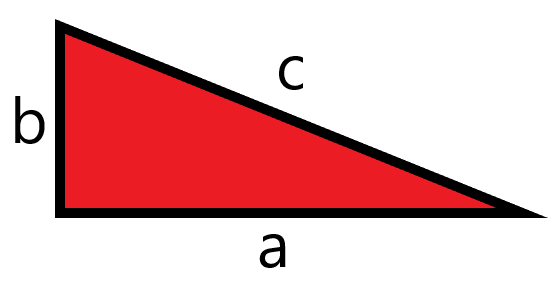Perimeter of polygons:
The perimeter of a polygon is the sum of all sides of its sides. i.e. the perimeter is the distance around the polygon. In the following figure, the perimeter of the yard is nothing but the fencing needed for the yard. The perimeter is measured in linear units such ad inches, meters, feet etc.
Example:
Find the perimeter of the following triangle.
Solution:
Perimeter of the triangle = sum of 3 sides = 9 + 11 + 5 = 25 cm.
Area of polygons:
The area of a polygon is the space occupied by the polygon. i.e. the area of a polygon is the number of square units inside it. The following figure represents the area or space occupied by the yard.
The area of a triangle is half of the base of the triangle multiplied by its height. i.e. if b is the base and h is the height of the triangle then its area A = ½ bh
One can observe that a parallelogram is made up of two triangles of same area. i.e a parallelogram can be cut into two triangles of same area. Thus the area of parallelogram is double the area of each of the included in that. i.e if b is the base and h is the height of the parallelogram then its area A = bh
A rectangle is a parallelogram where its base is its length and its height is same as its width because all the angles in a rectangle are right angles. Thus the area of a rectangle with length l and width w is A = lw.
A square is a rectangle whose length is same as its width. Thus, if s is the side of the square then its area A = s x s = s2.
Do you also need help with your Study Skills? Take a look at our Study Skills tutoring services.
SchoolTutoring Academy is the premier educational services company for K-12 and college students. We offer tutoring programs for students in K-12, AP classes, and college. To learn more about how we help parents and students in Texas visit: Tutoring in Texas.







